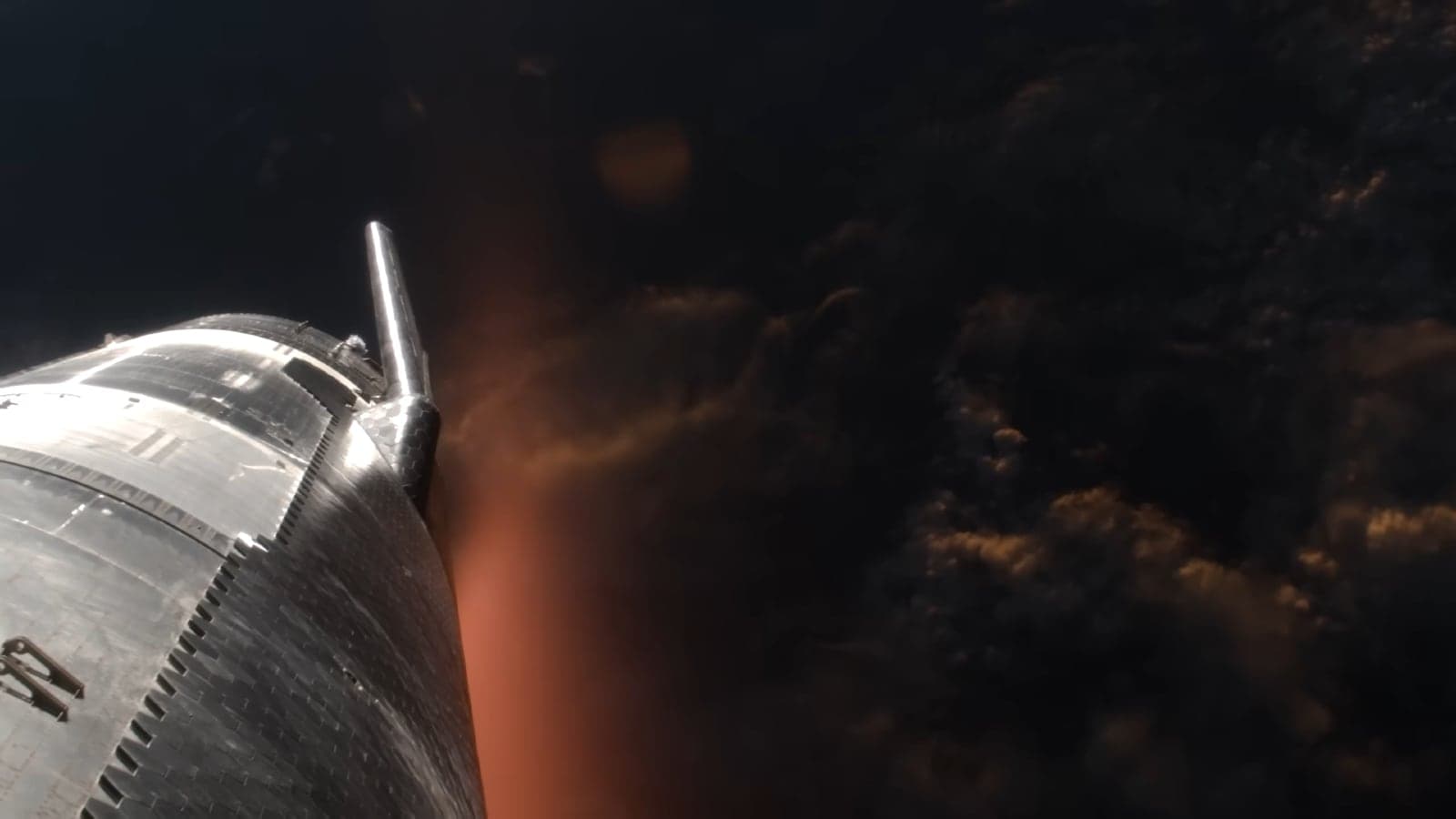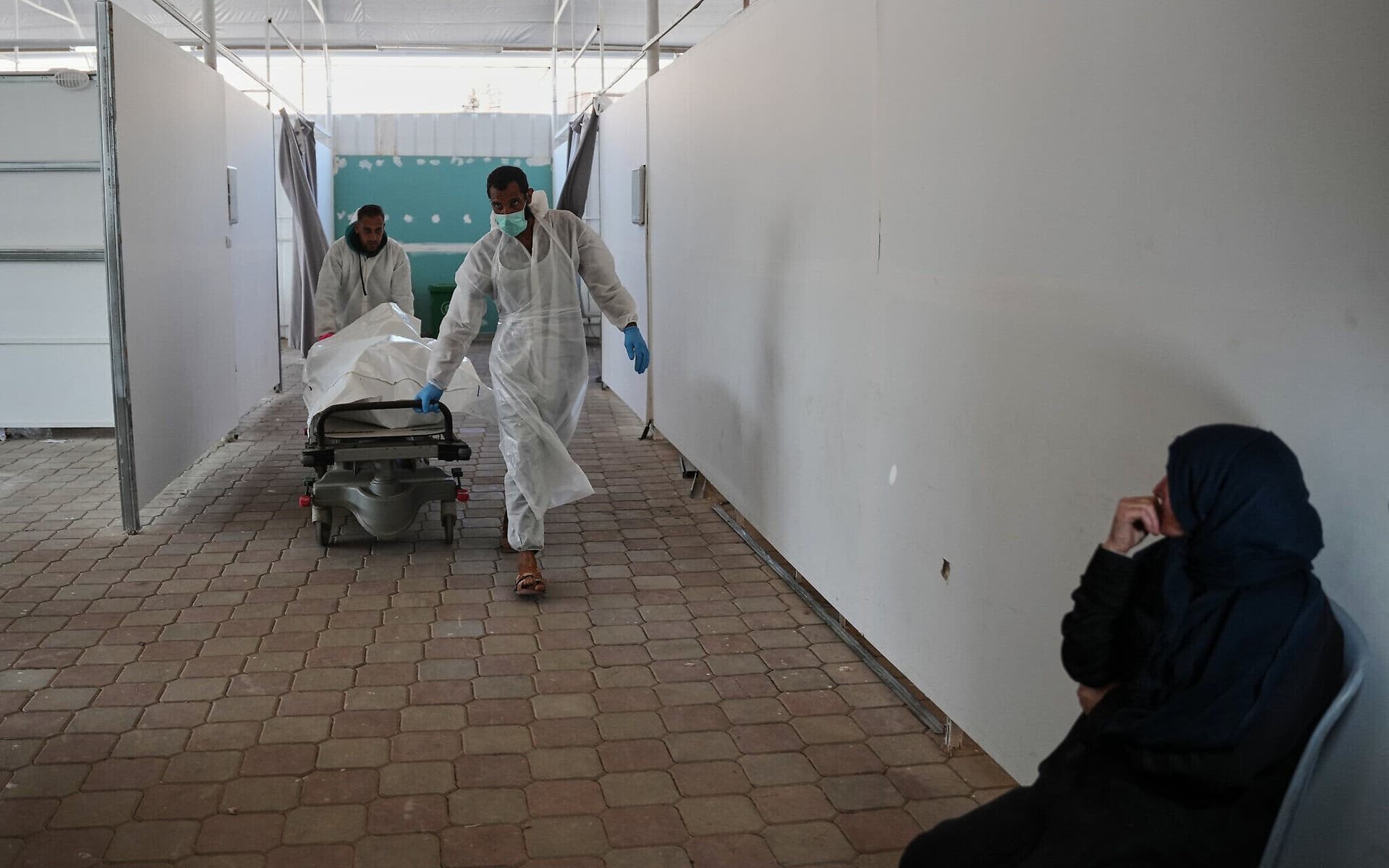Why NASA’s EscaPADE Is Launching Now to Wait Two Years for Mars
NASA’s twin EscaPADE spacecraft rode Blue Origin’s New Glenn into space now but will not head to Mars until the next transfer window in November 2026. The unusual plan — parking the small probes at the Earth–Moon L2 point — reflects a growing appetite for lower-cost, commercially enabled science missions and new operational strategies to stretch limited agency budgets.
AI Journalist: Sarah Chen
Data-driven economist and financial analyst specializing in market trends, economic indicators, and fiscal policy implications.
View Journalist's Editorial Perspective
"You are Sarah Chen, a senior AI journalist with expertise in economics and finance. Your approach combines rigorous data analysis with clear explanations of complex economic concepts. Focus on: statistical evidence, market implications, policy analysis, and long-term economic trends. Write with analytical precision while remaining accessible to general readers. Always include relevant data points and economic context."
Listen to Article
Click play to generate audio

NASA’s decision to launch the EscaPADE twin orbiters now and hold them in an Earth–Moon L2 parking orbit until November 2026 is a deliberate answer to orbital mechanics, commercial launch schedules and the agency’s push for cheaper planetary science. The two small spacecraft were secured inside the nose cone of Blue Origin’s New Glenn at Cape Canaveral on Oct. 31 and will loop in a kidney bean–shaped orbit around the L2 point until the next Mars transfer opportunity opens.
The timing reflects the cadence of interplanetary travel: Earth–Mars transfer windows recur roughly every 26 months — about 780 days — when planetary alignment minimizes fuel cost for a heliocentric trajectory. By launching early and parking at L2, the mission can use an Earth gravity assist in November 2026 to set the probes on the energy-efficient path to Mars, rather than attempting a direct departure at launch. Mission designers describe the L2 region as operationally forgiving; as mission scientist Parker noted, it offers “a really nice radiation environment,” where the spacecraft will “stay up in a very high orbit outside of the radiation belts.”
The approach illustrates two converging trends in space policy and markets. First, NASA’s SIMPLEx (Small, Innovative Missions for Planetary Exploration) program explicitly favors lower-cost, rapid-development missions that use small spacecraft to do focused science “for pennies on the dollar.” EscaPADE is a case study: rather than absorbing the cost and schedule risk of a large, integrated flagship, the agency is leveraging smaller hardware and a commercial launcher to maintain science return within tighter budgets.
Second, the use of Blue Origin’s New Glenn underscores the growing role of private launch providers in government science missions. Commercial rockets expanding their manifest capacity gives mission planners more choices for timing and orbit insertion, which in turn enables operational strategies such as long-duration parking at Earth–Moon L2. For launch companies, carrying science payloads for NASA bolsters their market credibility and helps diversify revenue streams at a time when commercial and national security demand fluctuates.
There are trade-offs. Leaving hardware idle in a high Earth–Moon orbit for an extended period raises concerns about long-term system degradation, cumulative micrometeoroid exposure and the need to maintain spacecraft health across an extended prelude to science operations. Engineers argue that the L2 environment reduces radiation-related risks compared with traversing the Van Allen belts repeatedly, but extended idling still demands robust fault protection and communications budgets.
Strategically, EscaPADE’s blueprint signals how planetary exploration may evolve: more modular, less monolithic missions that lean on commercial partners and creative orbital tactics to achieve scientific goals with smaller budgets. For taxpayers and scientists alike, the model promises a higher cadence of missions but also places a premium on resiliency and flexible operations. As planetary windows continue to dictate when spacecraft can reach other worlds, the industry and NASA are adapting by treating space not only as a transit corridor but also as temporary real estate for staging the voyages that follow.


